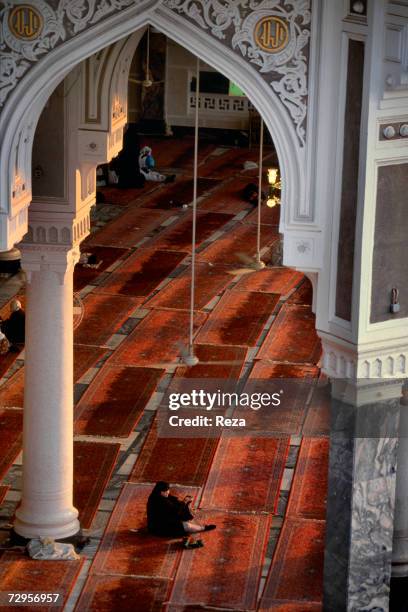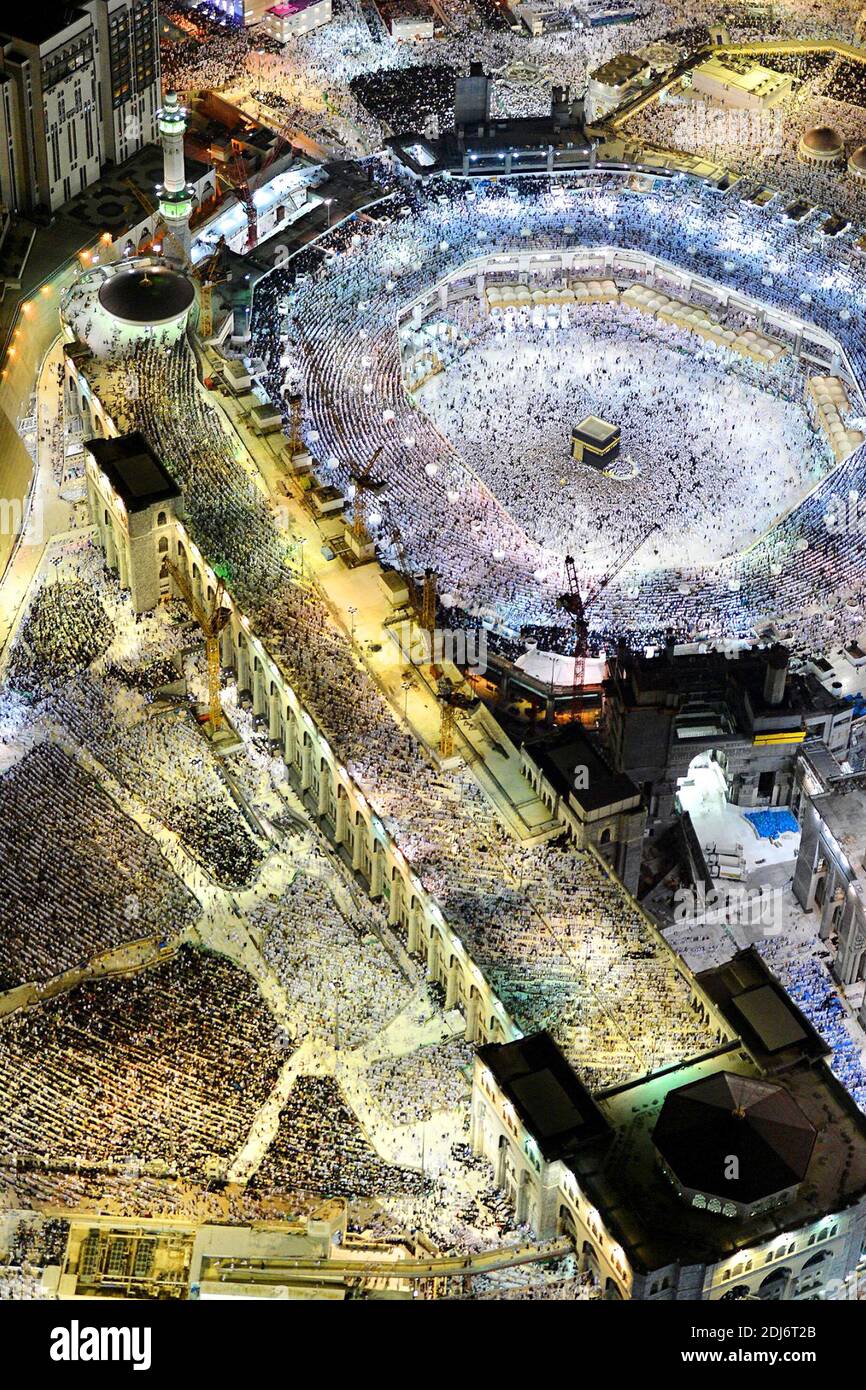Have you ever wondered what lies within the heart of Islam's holiest site? The Kaaba, a structure shrouded in mystery and reverence, holds secrets that intrigue millions worldwide. A bold statement reveals its essence: it is not merely a building but a sacred symbol connecting humanity to divine purpose. Its intricate design, adorned with white and rose-colored marble, green cloth bearing Quranic inscriptions, and wooden pillars, reflects centuries of devotion. Lanterns and incense burners hang gracefully from the ceiling, while a dark marble area marks a designated prayer spot. Accessible only to select individuals like dignitaries and maintenance staff, the Kaaba remains an enigma for most.
Masjid Al-Haram in Mecca stands as the epicenter of Islamic faith, drawing millions annually for Hajj and Umrah pilgrimages. Non-Muslims are strictly prohibited from entering Mecca, making firsthand accounts invaluable glimpses into this sacred realm. For those fortunate enough to experience Umrah, the journey begins inside Masjid Al-Haram, where spirituality converges with architectural grandeur. The Kaaba, often referred to as the first sanctuary built on Earth according to Islamic tradition, serves as the focal point of these pilgrimages. Beyond its physical presence, it embodies profound spiritual significance, uniting Muslims globally in their shared faith.
| Category | Details |
|---|---|
| Name | Kaaba |
| Location | Masjid Al-Haram, Mecca, Saudi Arabia |
| Construction Material | Stone blocks, white and rose-colored marble |
| Interior Features | Green cloth with Quranic inscriptions, wooden pillars, lanterns, incense burners |
| Access Restrictions | Limited to select individuals such as dignitaries and maintenance staff |
| Significance | Holiest site in Islam, direction of prayer for Muslims worldwide |
| Reference | Madain Project |
The origins of the Kaaba trace back to ancient times, with Islamic teachings attributing its construction to Prophet Ibrahim and his son Ismail. Over millennia, the structure has undergone numerous renovations and reconstructions, each layer adding to its historical depth. Today's Kaaba stands as a testament to enduring faith, its cubic form encapsulating the unity and simplicity central to Islamic belief. The interior's polygonal shape results from a stairwell in the northern corner, facilitating access to the roof. Supported by three wooden columns, the space exudes tranquility and reverence, inviting contemplation and prayer.
Interestingly, contrary to popular misconceptions, any Muslim can enter the Kaaba provided the official caretaker opens the door. There exists no restriction or selection process dictated by Islamic principles. This inclusivity underscores the universal nature of worship within Islam. During specific occasions, visitors may ascend to the rooftop via a staircase, offering panoramic views of Masjid Al-Haram below. Such experiences provide rare opportunities to connect with the spiritual essence permeating this sacred site.
Photographic evidence reveals fascinating details about the Kaaba's interior. Color-coded arrows guide readers through the sequence of inscriptions adorning the walls, enhancing understanding of their significance. These symbols, though cryptic at first glance, convey profound messages rooted in Islamic tradition. The colored indicators—red transitioning to green, blue, purple, and finally orange—offer a structured approach to interpreting the complex patterns etched into the stone surfaces. Such meticulous attention to detail reflects the craftsmanship invested in preserving this holy place.
Historical records document various interpretations of symbols found within the Kaaba. While some remain open to speculation, others possess well-established meanings grounded in religious texts. For instance, certain inscriptions serve as reminders of prophetic teachings, encouraging reflection and spiritual growth among worshippers. These elements contribute to the Kaaba's role as both a physical structure and a metaphysical conduit linking believers to divine truths.
In contemporary times, technological advancements have enhanced accessibility to the Kaaba's inner sanctum. Interactive 360-degree videos allow virtual exploration, providing unprecedented insights for those unable to visit physically. These digital representations capture every nuance of the interior, from the delicate tracery of marble embellishments to the soft glow emanating from hanging lanterns. Such innovations democratize access to sacred spaces, fostering greater appreciation and understanding across diverse audiences.
Beyond its architectural marvels, the Kaaba embodies fundamental tenets of Islamic faith. As the qibla—the direction toward which Muslims face during prayer—it unites adherents worldwide in synchronized acts of worship. This global alignment manifests daily in mosques spanning continents, where congregants align themselves with the Kaaba's location. Furthermore, the annual Hajj pilgrimage draws millions to Mecca, reinforcing communal bonds and shared devotion.
Despite its centrality in Islamic practice, misconceptions surrounding the Kaaba persist. Clarifying these misunderstandings requires examining historical contexts and religious doctrines. For example, the notion that the Kaaba houses idols stems from pre-Islamic practices supplanted by monotheistic teachings. Modern interpretations emphasize its role as a focal point for spiritual connection rather than idolatrous worship. Educating broader audiences about these distinctions fosters mutual respect and interfaith dialogue.
As custodians of the Two Holy Mosques, Saudi authorities bear responsibility for maintaining the Kaaba's integrity. Regular inspections ensure structural stability, while conservation efforts preserve its aesthetic qualities. Skilled artisans employ traditional techniques alongside modern methods to address wear and tear caused by natural elements and heavy foot traffic. Their dedication ensures future generations inherit a Kaaba that continues inspiring awe and reverence.
In conclusion, the Kaaba transcends its material form to embody timeless spiritual principles. Through careful preservation and thoughtful interpretation, its mysteries unfold, revealing layers of meaning that resonate deeply with believers and scholars alike. Whether experienced firsthand or explored virtually, the Kaaba remains an enduring symbol of faith, unity, and devotion, inviting all who encounter it to contemplate their place within the divine order.




